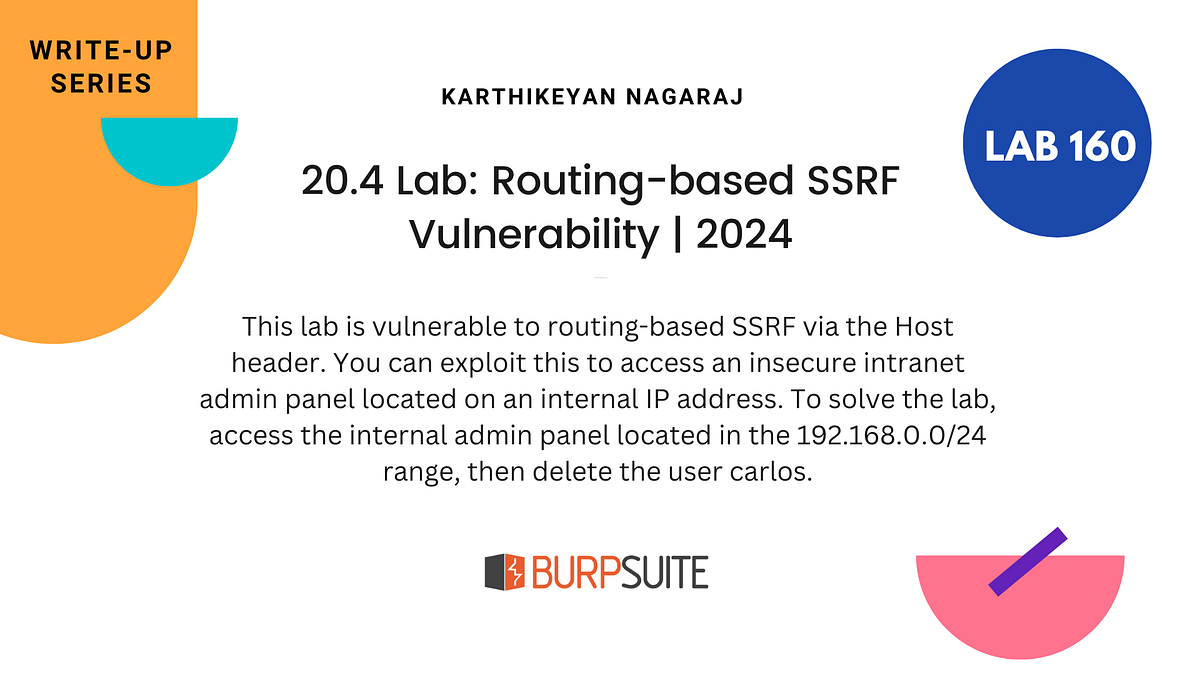BOOK THIS SPACE FOR AD
ARTICLE ADSocial media has grown to be a crucial part of our daily lives these days. It encourages us to interact and associate with anyone around the globe. With our followers, we openly discuss our daily activities, personal lives, and money information. That is why nefarious hackers choose social media platforms to infiltrate because they can easily access all of a person’s characteristics.
Technology is quickly advancing in this day and age, but because they lack a technical background, most people are unaware of how to protect their data from malicious hackers. There are presently 2.8 million cybersecurity experts worldwide who are fully knowledgeable about malicious hacking and how to avoid it. Unfortunately, that is a very small percentage compared to the amount of people using social media and sharing personal information on vulnerable platforms.
In this article, I will explain each tactic of a malicious hacker so that you will get an idea of how these hackers can hack social media accounts. These are the most common attacks a hacker can perform.
This type of attack happens when a hacker steals and modifies the communication between the sender and receiver in private. A user may believe he is communicating with a legitimate user, but all communication is passing through a hacker, who may alter their communication without their awareness.
BurpSuite is a popular tool among hackers for performing a man in the middle assault. Hackers can use this tool to intercept traffic between a machine and a server, capture the request produced by the machine to the server, and alter it by requesting something else from the server.
Prevention
Always use a good antivirus with a firewall that can detect the fake user. Besides, use VPN and Proxy server to access the network.
Phishing is the most common and successful tactic used by hackers to deceive people and steal their data. In this attack, a hacker creates a bogus social media login page that appears genuine and distributes it to victims in order to obtain a login from a bogus site. When a victim inputs their credentials, they are automatically redirected to the hacker’s machine. This is the most effective strategy because many users are unable to distinguish between legitimate and fraudulent login pages and are duped into providing their credentials. This attack necessitates perseverance and exceptional skills in order to trick the victim into logging in through your duplicate fake website.
Prevention
Double-check the URL before entering your credentials or any personal information. Moreover, do not log in through messages and emails.
DNS spoofing is a type of malicious attack in which a user is compelled to navigate to a fake website page disguised as a genuine one in order to divert traffic or steal the users’ credentials.
Attackers can poison a DNS cache by tricking DNS resolvers into caching false information, causing the resolver to transmit the incorrect IP address to users and directing them to the incorrect location.
Spoofing attacks can go undetected for a long time and create serious security issues.
Prevention
Learn to manage your DNS server and firewall securely.
This attack was caused by cookies stored by your browser. When a user logs into an online account, such as Facebook or Twitter, the server sends back a session cookie, which is a bit of data that identifies the user to the server and grants them access to their account. The server will enable the user to use the application as long as their device retains the session token.
When a user exits an application, the server instantly invalidates the session token, and all subsequent access to the account requires the user to re-enter their login credentials.
A hacker steals the session token and uses it to gain entry to the user’s account. By infecting the user’s device with malware that tracks and steals session data, the token can be hijacked. Another method for hijacking the session is a cross-site scripting attack, in which the hacker inserts malicious code into a webpage that the user frequently views, forcing the user’s computer to send the session cookie data to the server.
Prevention
Clean your cookies from browsers in every 4–5 days and never use public wifi.
Keylogging is another simple method for hacking social media. Hackers create software called “key logger” to track the pattern of the keys on the keyboard typed by the user. Following that, it instantly generates a file containing that key pattern and sends it via the internet to the hacker’s computer. A hacker can use this method to compromise even computer experts because it can be downloaded from anywhere.
When a person clicks on a link or opens an attachment/file from a phishing email, a social engineering attack can install keyloggers.
The webpage script can also be used to deploy keyloggers. This is accomplished by exploiting a vulnerable browser and launching the keylogger when the user views the malicious site.
Prevention
Always download software from trusted sites only and avoid opening phishing emails.
I hope you learned something from perusing this article, and I appreciate you taking the time to do so.
.png)
 1 year ago
62
1 year ago
62 













 Bengali (Bangladesh) ·
Bengali (Bangladesh) ·  English (United States) ·
English (United States) ·